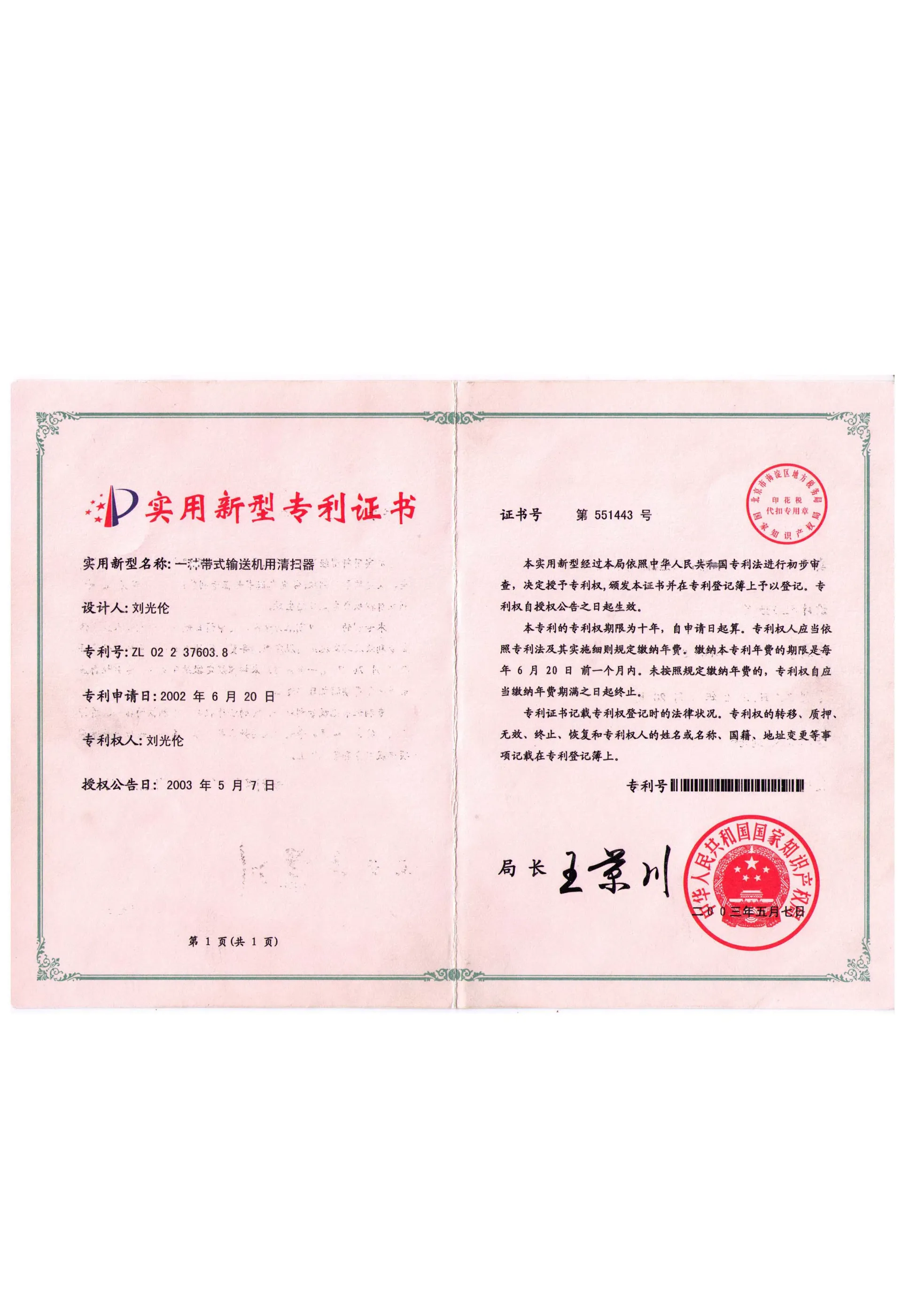 Afrikaans
Afrikaans  Albanian
Albanian  Amharic
Amharic  Arabic
Arabic  Armenian
Armenian  Azerbaijani
Azerbaijani  Basque
Basque  Belarusian
Belarusian  Bengali
Bengali  Bosnian
Bosnian  Bulgarian
Bulgarian  Catalan
Catalan  Cebuano
Cebuano  Corsican
Corsican  Croatian
Croatian  Czech
Czech  Danish
Danish  Dutch
Dutch  English
English  Esperanto
Esperanto  Estonian
Estonian  Finnish
Finnish  French
French  Frisian
Frisian  Galician
Galician  Georgian
Georgian  German
German  Greek
Greek  Gujarati
Gujarati  Haitian Creole
Haitian Creole  hausa
hausa  hawaiian
hawaiian  Hebrew
Hebrew  Hindi
Hindi  Miao
Miao  Hungarian
Hungarian  Icelandic
Icelandic  igbo
igbo  Indonesian
Indonesian  irish
irish  Italian
Italian  Japanese
Japanese  Javanese
Javanese  Kannada
Kannada  kazakh
kazakh  Khmer
Khmer  Rwandese
Rwandese  Korean
Korean  Kurdish
Kurdish  Kyrgyz
Kyrgyz  Lao
Lao  Latin
Latin  Latvian
Latvian  Lithuanian
Lithuanian  Luxembourgish
Luxembourgish  Macedonian
Macedonian  Malgashi
Malgashi  Malay
Malay  Malayalam
Malayalam  Maltese
Maltese  Maori
Maori  Marathi
Marathi  Mongolian
Mongolian  Myanmar
Myanmar  Nepali
Nepali  Norwegian
Norwegian  Norwegian
Norwegian  Occitan
Occitan  Pashto
Pashto  Persian
Persian  Polish
Polish  Portuguese
Portuguese  Punjabi
Punjabi  Romanian
Romanian  Russian
Russian  Samoan
Samoan  Scottish Gaelic
Scottish Gaelic  Serbian
Serbian  Sesotho
Sesotho  Shona
Shona  Sindhi
Sindhi  Sinhala
Sinhala  Slovak
Slovak  Slovenian
Slovenian  Somali
Somali  Spanish
Spanish  Sundanese
Sundanese  Swahili
Swahili  Swedish
Swedish  Tagalog
Tagalog  Tajik
Tajik  Tamil
Tamil  Tatar
Tatar  Telugu
Telugu  Thai
Thai  Turkish
Turkish  Turkmen
Turkmen  Ukrainian
Ukrainian  Urdu
Urdu  Uighur
Uighur  Uzbek
Uzbek  Vietnamese
Vietnamese  Welsh
Welsh  Bantu
Bantu  Yiddish
Yiddish  Yoruba
Yoruba  Zulu
Zulu conveyor belt parts and functions
Understanding Conveyor Belt Parts and Their Functions
Conveyor belts are vital components in various industries, serving as a fundamental mechanism for transporting materials from one point to another. Their efficiency and reliability make them indispensable in manufacturing, logistics, and material handling. Understanding the various parts of a conveyor belt and their specific functions can provide valuable insights into how these machines operate and how to optimize their performance.
Key Components of Conveyor Belts
1. The Belt At the core of any conveyor system is the conveyor belt itself. Typically made from materials like rubber, fabric, or metal, the belt is designed to withstand the specific demands of its application. The surface of the belt is often textured or coated to increase friction and facilitate the movement of items along its length. The material composition of the belt is crucial, as it must be compatible with the types of materials it will transport without degradation.
2. The Drive System The drive system is responsible for providing the necessary power to move the conveyor belt. It usually includes an electric motor, gearbox, and pulleys. The motor generates motion, which is transferred through the gearbox to rotate the drive pulley. Depending on the design of the conveyor, different types of motors may be employed, including fixed-speed or variable-speed options, allowing for flexibility in operation.
3. Pulleys Pulleys play a crucial role in a conveyor's functionality. There are typically two types the drive pulley and the idler pulley. The drive pulley is connected to the drive system and provides the movement of the belt, while the idler pulleys help maintain the belt’s tension and alignment. Pulleys are usually made of durable materials to withstand wear and tear, and they come in various designs based on the specific needs of the application.
conveyor belt parts and functions

4. Rollers Support rollers are placed along the conveyor to provide stability to the belt and reduce friction. These rollers ensure that the belt remains aligned, minimizing wear on the edges of the belt and prolonging its life. There are different types of rollers, including return rollers, which support the belt as it returns to the drive section, and impact rollers, which cushion the load as it is deposited onto the belt.
5. Conveyor Framework The framework or structure of the conveyor is the skeleton that supports all of the components. Typically made of steel or aluminum, it must be robust enough to handle the weight of the material being transported and to withstand operational stresses. The framework can be designed for various configurations, such as straight, inclined, or declined conveyors, and must also allow for easy maintenance.
6. Belt Tensioning System Proper tensioning is critical for the smooth operation of a conveyor belt. The belt tensioning system adjusts the tension of the belt to prevent slippage and ensure consistent movement. This system can be manual or automatic and is essential for prolonging the life of the belt and ensuring that it operates efficiently.
7. Safety Guards and Controls Safety is a vital consideration in conveyor systems. Safety guards are installed to prevent accidental contact with moving parts and to protect operators. Additionally, control systems, including switches, sensors, and emergency stop buttons, are implemented to ensure safe operation. These controls allow operators to adjust speeds, monitor performance, and halt the system in case of an emergency.
Conclusion
In conclusion, a conveyor belt system comprises various interconnected parts, each playing a critical role in its overall functionality. From the belt itself to the drive system, pulleys, rollers, and safety features, understanding each component’s function can help industries optimize their conveyor systems for greater efficiency and safety. As technology progresses, innovations in conveyor design and materials will continue to enhance their capabilities, further solidifying their role as a backbone in modern industrial operations. By comprehensively understanding these parts and their functions, businesses can maintain better operational control and ensure seamless material handling processes.
-
Revolutionizing Conveyor Reliability with Advanced Rubber Lagging PulleysNewsJul.22,2025
-
Powering Precision and Durability with Expert Manufacturers of Conveyor ComponentsNewsJul.22,2025
-
Optimizing Conveyor Systems with Advanced Conveyor AccessoriesNewsJul.22,2025
-
Maximize Conveyor Efficiency with Quality Conveyor Idler PulleysNewsJul.22,2025
-
Future-Proof Your Conveyor System with High-Performance Polyurethane RollerNewsJul.22,2025
-
Driving Efficiency Forward with Quality Idlers and RollersNewsJul.22,2025





























